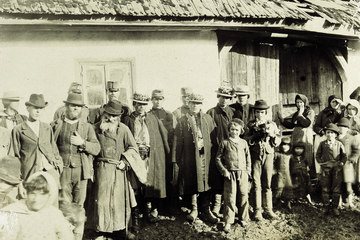Franz Joseph: the ageing emperor
Towards the end of the century the term ‘Fortwursteln’ (‘muddling through’) was coined to describe Emperor Franz Joseph’s policies. The political decision-makers saw no possibility of finding solutions for the pressing problems that beset the Monarchy on all sides.










